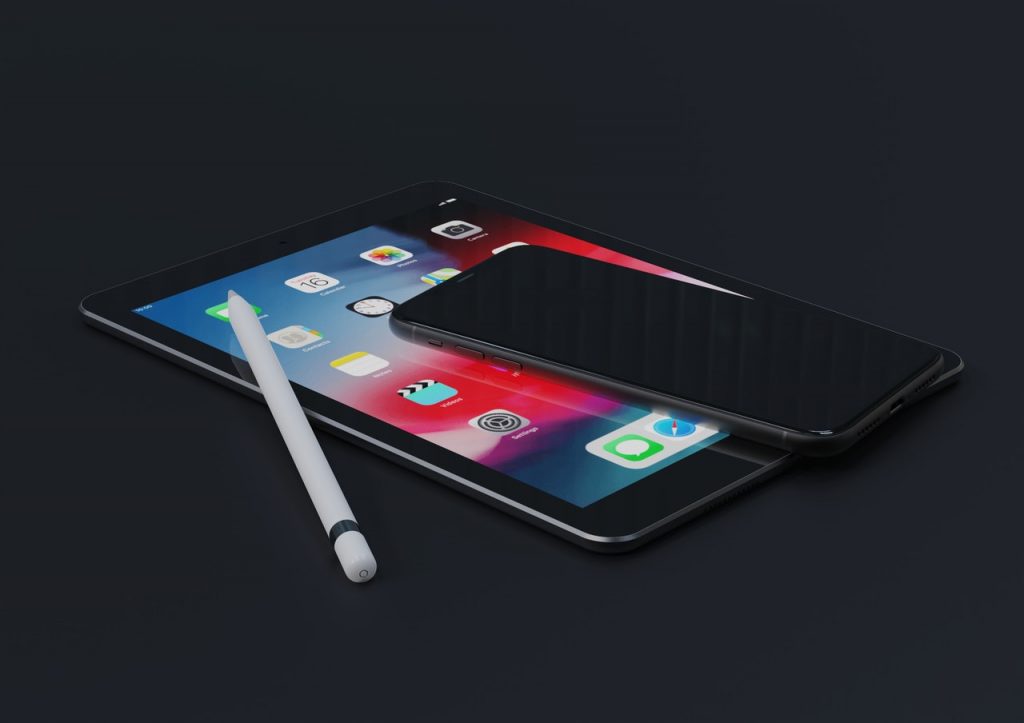The future of IoT devices is something that everyone has to come to terms with. While the IoT is still in its early stages of development and may never be completely safe from hackers and other outside influences, there is no denying the fact that it has created a whole new class of security professionals who have the skills and expertise to protect the valuable data and personal data of all people. This new class of professionals includes forensic professionals who are trained to investigate all kinds of crimes, whether they are serious or not. They work by gathering evidence to help prosecutors and police officers arrive at the best possible verdict when tackling crime. Here are some of the top challenges and what is being done about them.
Cloud computing
The IoT is expected to run on artificial intelligence, cloud computing, and a distributed network. In other words, everything is supposed to be accessed and used on the Internet. However, very few devices are currently running on such a system. The main challenges for companies developing IoT technologies today are: Hardware security – Many of today’s IoT devices lacked any consideration for device security, leaving it remarkably easy for an individual with a little technical know-how to implement attacks against IoT devices, such as home security systems… Identity theft prevention – hackers are also trying to get hold of personal data stored in the cloud. It is important for the future of IoT devices to address this issue…
Some of the biggest corporations in the world today have already begun utilizing artificial intelligence techniques to aid them in their daily operations. Amazon, eBay, etc., among many others, already utilize some form of cloud computing in order to speed up their decision-making process. Just like the IoT will rely on machine learning in order to interpret and understand the data that it is collecting, there will also be a need for robust cloud services that will be able to deal with all the device and software-related problems that will arise. Examples of such services include real-time search, text-to-speak functionality, device management, and device connectivity.
Machine learning
The IoT will rely on machine learning in order to make sense of the data that it is collecting. Machine learning is the process of gaining knowledge by having humans or machines work together and train each other. Imagine if there were a system that could automatically scan through every photo on your digital camera and figure out what you did with each one. Of course, this kind of system is still in its early stages but there is already a lot happening with the field of machine learning. One of the biggest challenges will be developing software that can recognize images, speech, and data and then act accordingly.
Edge computing
It is quite ironic that the biggest potential threat to the future of IoT comes from its most trustworthy allies… networks. It would appear that in order to fully protect the IoT from hackers and other cybercriminals, we must develop smart devices that are connected in some way. This means that every device will have an Internet connection or will at least make use of Internet technologies for specific tasks. Moreover, these technologies must be able to detect intrusions in a timely fashion in order to be able to block them.
Real-time notifications
Experts believe that the IoT will usher in real-time notifications in the form of emails, alerts, and push notifications. Such notifications will enable devices to react to events in a timely manner in the form of a security alert. It is also believed that future devices may be equipped with artificial intelligence that can detect when a door  or window has been opened. They will then send a signal to a central control center to enable further security measures to be taken. Experts also believe that real-time data protection will enable devices to be automatically protected in various ways, such as shutting down Internet access or remotely wiping internal storage media.
or window has been opened. They will then send a signal to a central control center to enable further security measures to be taken. Experts also believe that real-time data protection will enable devices to be automatically protected in various ways, such as shutting down Internet access or remotely wiping internal storage media.
High-end real-time processing power
The market segment is expected to see the highest growth in the medical field. This sector is one that is expected to experience unprecedented demand due to the need to keep track of patient’s health information. Moreover, the IoT market segment is also predicted to experience high growth due to the adoption of new healthcare standards. In the near future, it is expected that all hospitals will have fully networked wearable installed. This means that a patient will be able to log on to the hospital’s portal and have access to the latest health reports, vital signs, and related information. Further, it is also estimated that within a few years, all hospitals will be implementing fully functional artificial intelligence (AI) software within their networks.
Finally
Experts in the IT industry predict that the market penetration of IoT devices will increase tenfold by the year 2021. This is primarily attributed to the low cost and high level of functionality offered by cloud computing. According to this concept, devices need not be purchased on a monthly basis. Instead, they can be stored on high-performance virtual machines and accessed from any internet-connected computer. Due to the low cost associated with cloud computing, users can also expect to pay only a fraction of what they would have to pay if they were to purchase and maintain their own computing machines.
